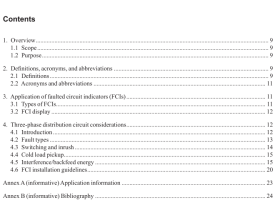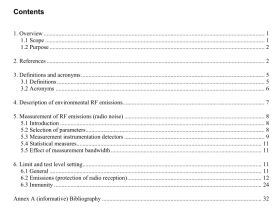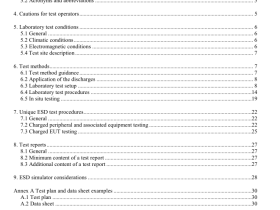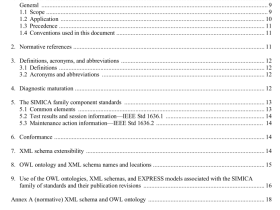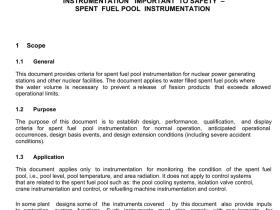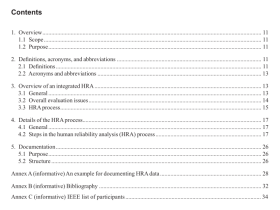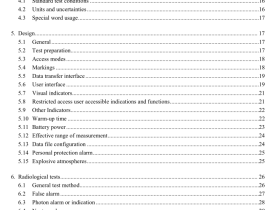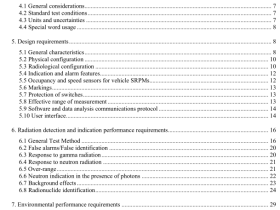IEEE Std 2418.7 pdf download
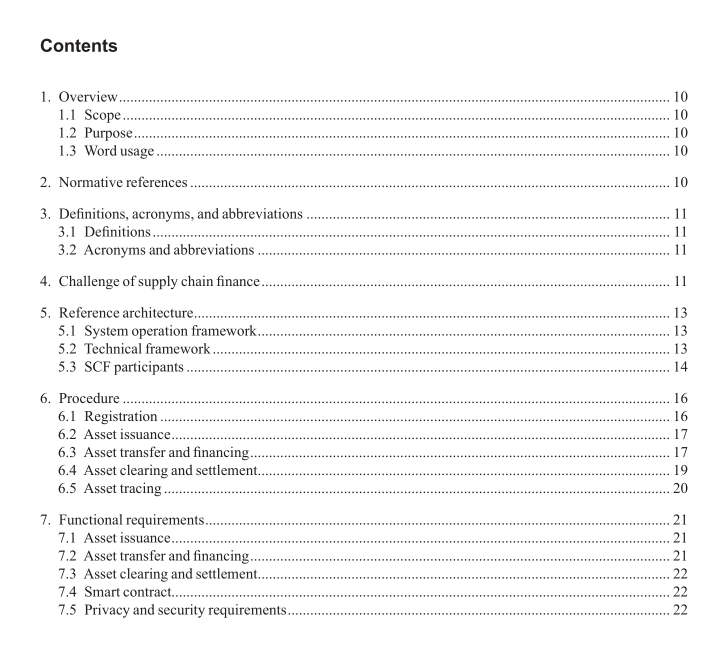
IEEE Std 2418.7 pdf download IEEE Standard for the Use of Blockchain in Supply Chain Finance
The supplier shall:
— Obtain fnancing service based on owned account receivable
— Collect fund at the maturity date of the account receivable
Additionally, for the tier-1 supplier, it may:
— Sign account receivable management contract
5.3.3 Account receivable management institution
The account receivable management institution shall be responsible for the following:
— Checking double spending of the account receivable in a transaction
— Regsitering the account receivable transference in an open and transparent manner
5.3.4 Guarantee institution
The guarantee institution shall be responsible for the following:
— Providing a guarantee service
The guarantee institution should:
— Check the qualifcation and credit rating of the entities applying for guarantee service
— Ask for additional credit supplement, if needed
— Charge a guarantee fee
5.3.5 Funding institution
The funding institution shall be responsible for the following:
— Providing a fnancing service
— Signing a fnancial related contract
The funding institution should:
— Check the qualifcation and credit rating of the entities applying for fnancial service
— Charge a fnancing fee and interest
5.3.6 Clearing and settlement institution
The clearing and settlement institution shall be responsible for the following:
— Deducting money from debtor’s account pertaining to the account payable
— Allocating funds into creditor’s account pertaining to the account receivable
— Performing reconciliation
— Writing off assets on the chain
5.3.7 Supervision organization
The supervision organization shall be responsible for the following:
— Security governance, e.g., information risk, content risk, and so on
— Evaluate service compliance, e.g., anti-money laundry
5.3.8 Blockchain platform provider
The blockchain platform provider builds up the complete business system and underlying trusted blockchain platform to delivery software as a service to high-layer application participants.
The blockchain platform provider shall be responsible for the following:
— Membership management, including registration, authentication, account and password management,
and deregistration
— Role and privilege management, including administrator, operator, and auditor
— Contract management, including signature, enquiry, witness, and abolishment
— Cooperative institutions management, including enrollment and data interaction
— Account and fund management, including creation, confrmation, and retrieval
— Management of digital assets on the chain, including issuance, locking, unlocking, transference, and write-off
— Fee charge, including transference, enquiry, and reconciliation
— Proft allocation to institutions
— Smart contract management, including creation, installation, upgrading, and maintenance
6. Procedure
6.1 Registration
In the procedure of registration, the SCF participants, e.g., core enterprise, financial institutions or suppliers,submit a registration application to the blockchain platform and obtain the created account after successful authentication and verification. Figure 4 depicts the registration procedure.
The registration procedure contains the following steps:
a) The participants, e.g., core enterprise, suppliers, guarantee institution, submit a registration request to the blockchain platform.
b) The blockchain platform performs know your customer (KYC) and identity verifcation of the applicant via the identity information authority.
c) The account is created and the corresponding notifcation is sent back.
6.2 Asset issuance The asset issuance procedure contains both the asset issuer and the asset holder. In the transaction between the core enterprise and the tier-1 supplier, the core enterprise is the asset issuer, while the tier-1 supplier is the asset holder. Figure 5 depicts the procedure of asset insurance between the core enterprise and the tier-1 supplier in the block chain for SCF.
The asset issuance procedure is as follows:
a) Core enterprise initiates the business-related contract and signs it.
b) Involved institutions, which may include account receivable management institution, guarantee institution and funding institution, sign the contract.
c) The tier-1 supplier signs the contract.
d) After verifying the contract, the asset is issued and notifcations are sent to all the related parties.
If any step fails, the whole procedure is stopped.
6.3 Asset transfer and fnancing
The asset can be traded openly and safely on the chain, which increases capital liquidity. The procedure of asset transfer between buyer and seller is shown in Figure 6.
The asset transfer procedure is as follows:
